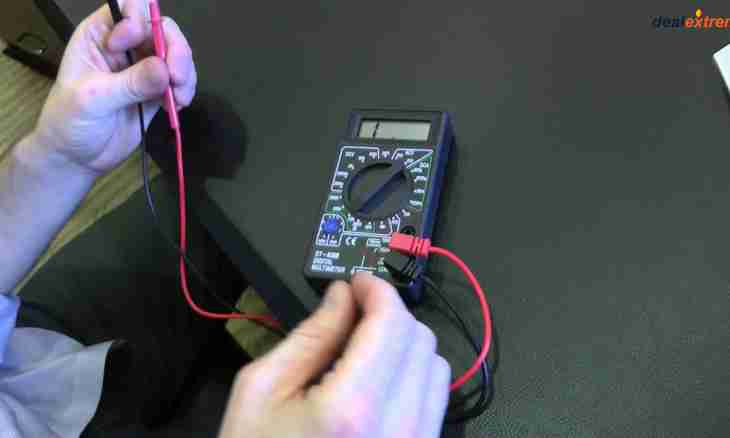For setup of electronic devices and coordination of electrical circuits it is necessary to know resistance of their elements. Sometimes there is also a need of check of separate radio engineering elements (resistors, diodes, transformers of different function) on resistance.
It is required to you
- - Ohmmeter;
- - Ampermeter;
- - Voltmeter;
- - Knowledge of the law of Ohm.
Instruction
1. Disconnect the detail or an element investigated on resistance from the scheme. Begin measurement, having turned on the device on the mode of measurement of the minimum resistance. If instrument readings are insufficiently read, it is possible to switch over to the mode of higher sizes of resistance in steps. Each measuring device has probes which they join conclusions of details. Before performing measurements, it is necessary to read the instruction, in particular that, as for respect for polarity. The polarity is important at measurement of resistance of semiconductor details.
2. (Avometry) it is possible to measure by a usual tester an interval of resistance from units of Ohms to units my. Higher resistance require additional connection of a DC power source according to the instruction to the device. It is possible to apply calculation of resistance of chains. For this purpose include the studied detail in a chain with a current source, consistently with it the ampermeter, and parallel to the studied detail – the voltmeter turns on. In this case resistance is calculated on a formula: R=U/I where R is tension, U-resistance, and I – current in a chain.
3. Some radioelements (for example, semiconductors), have various resistance at the different directions of current. It needs to be considered at measurements, taking measurement of the return current at smaller values of the given tension. Otherwise the studied detail can fail.

